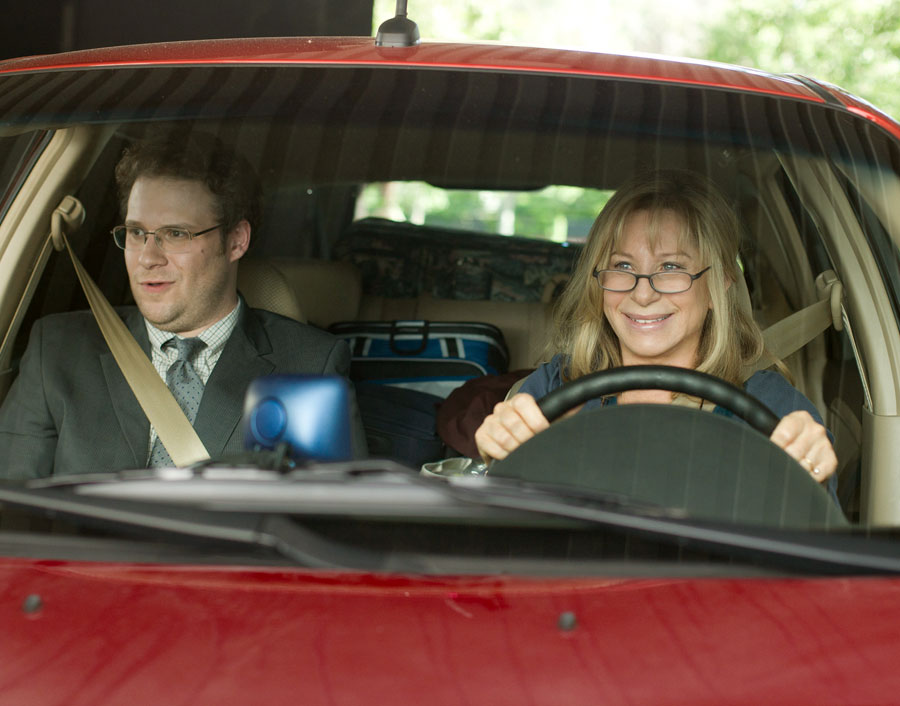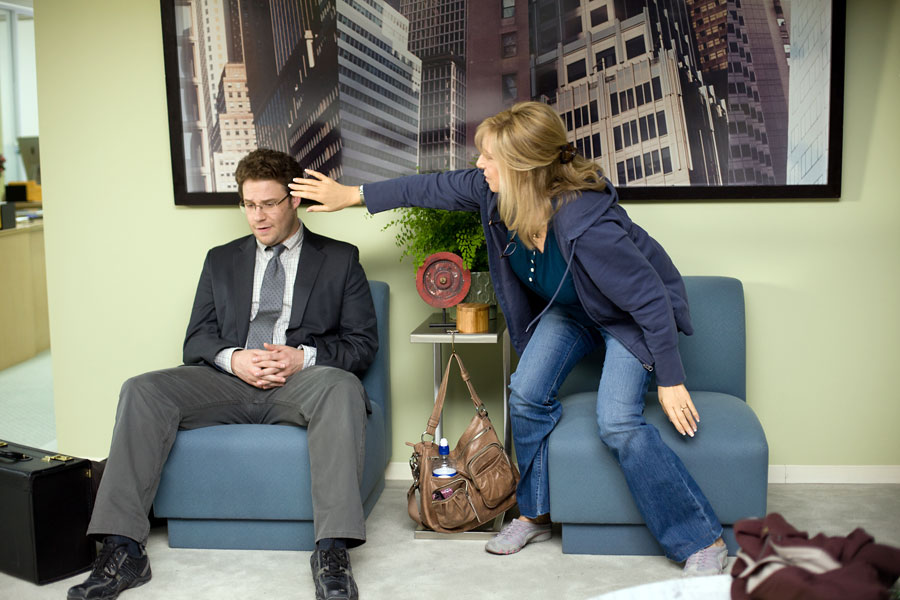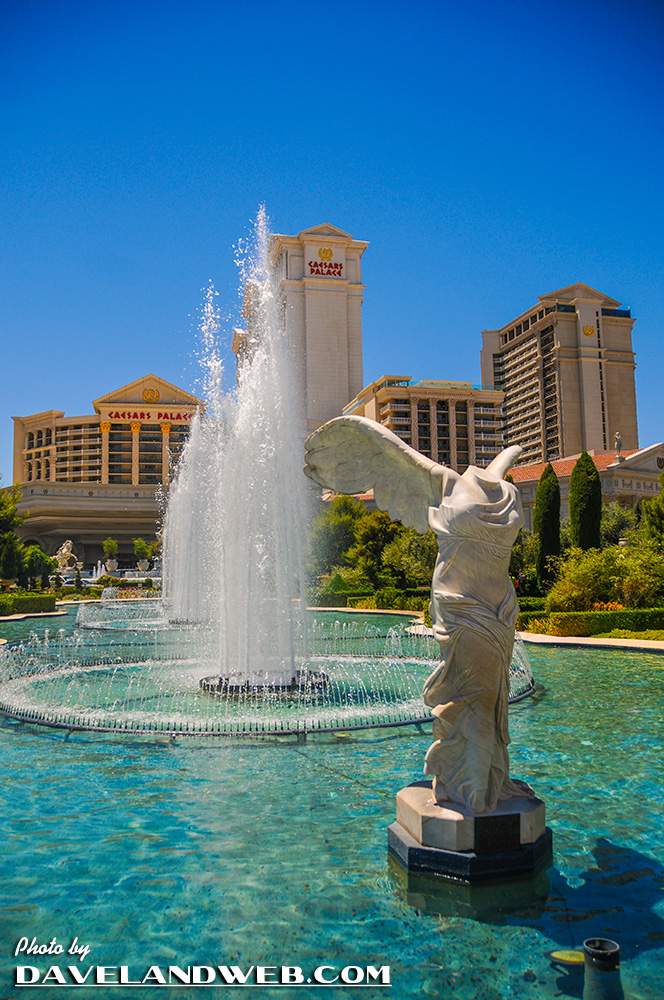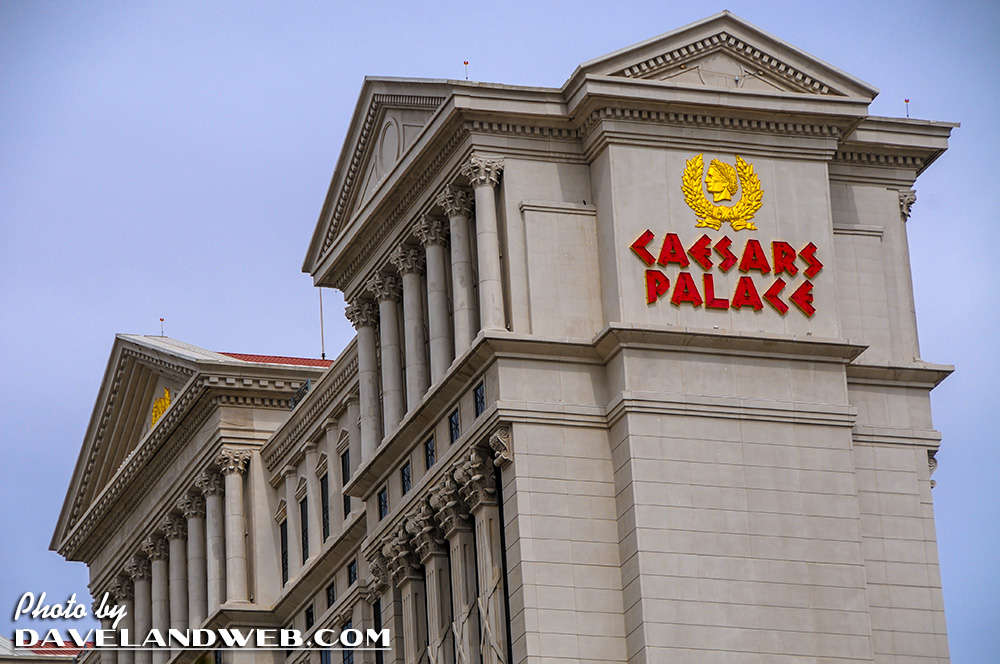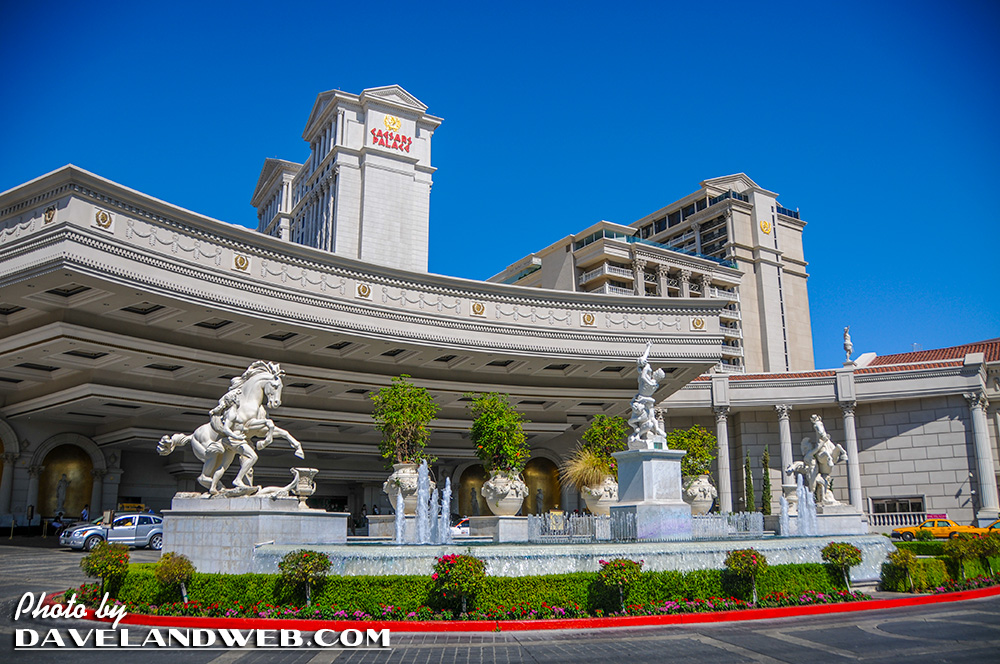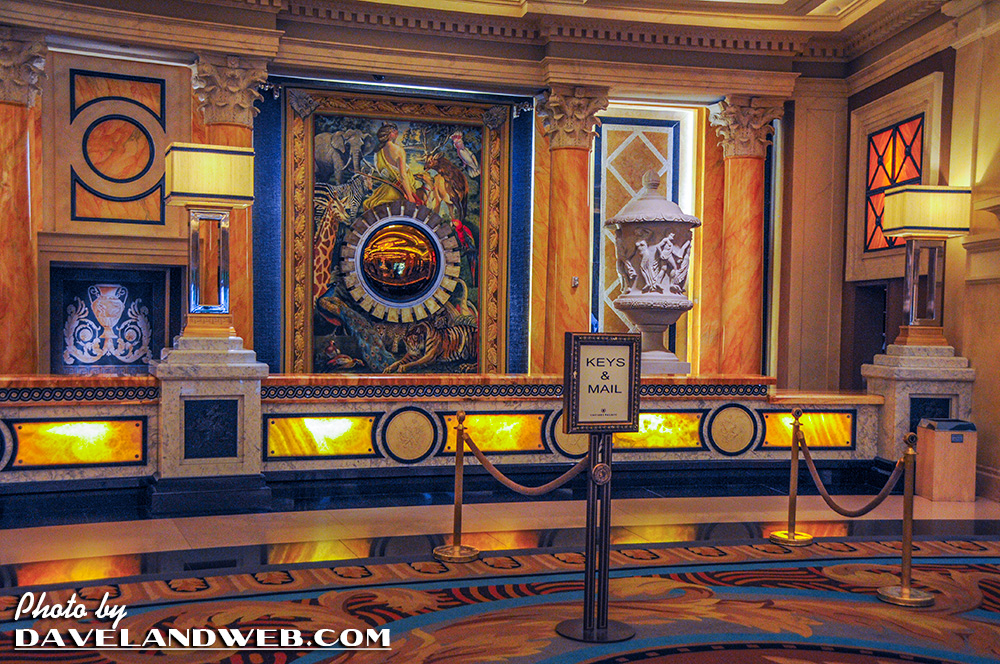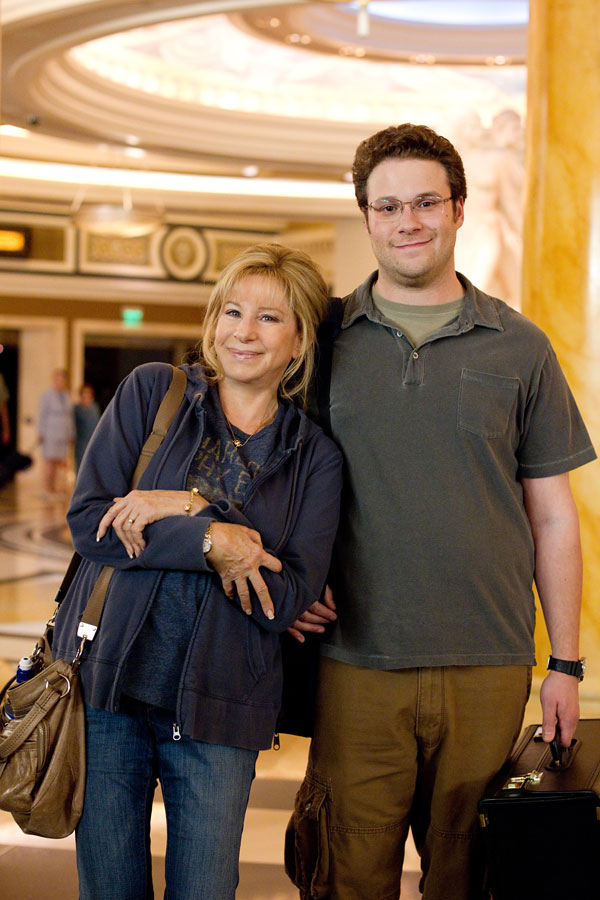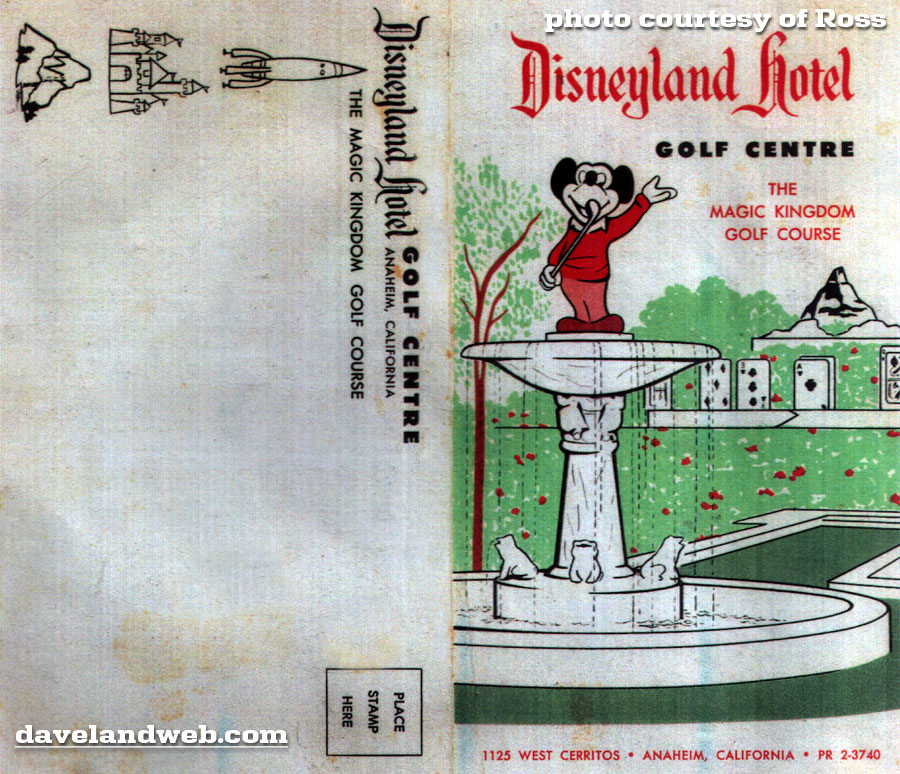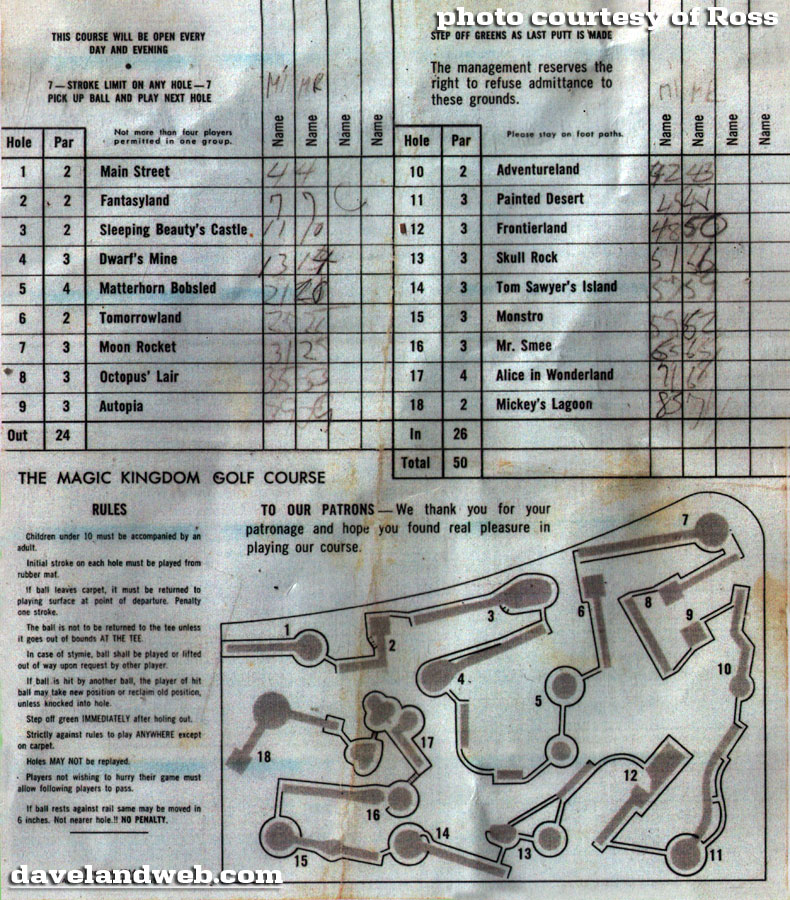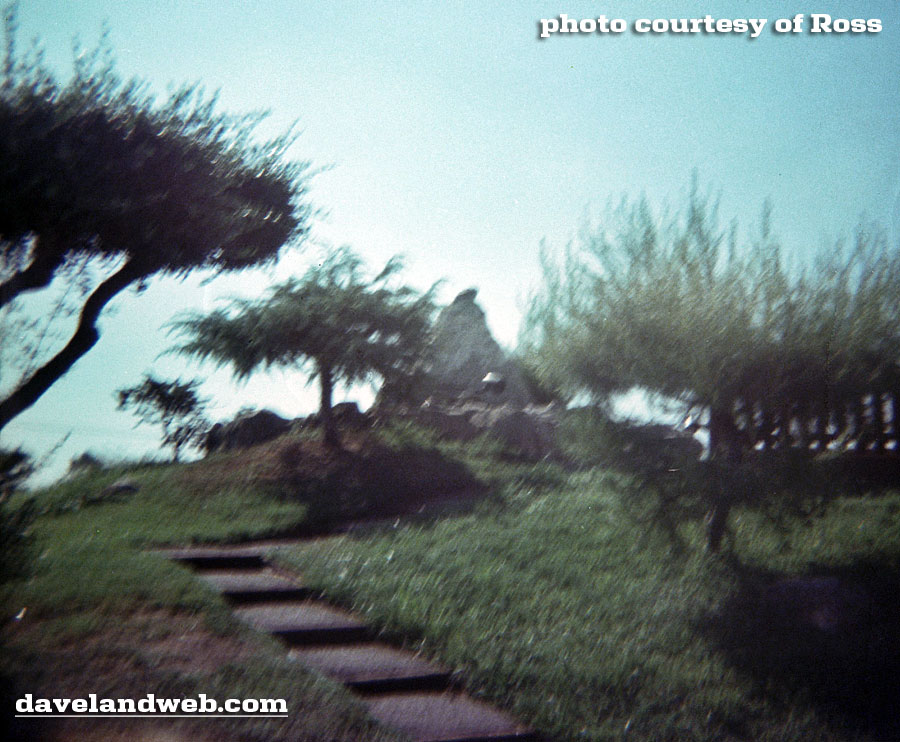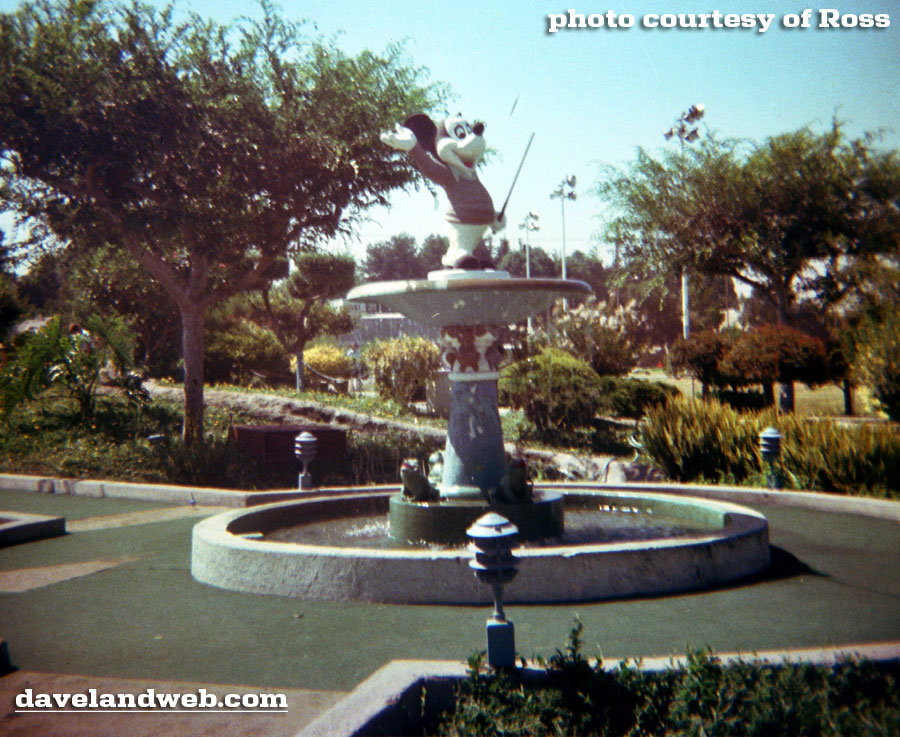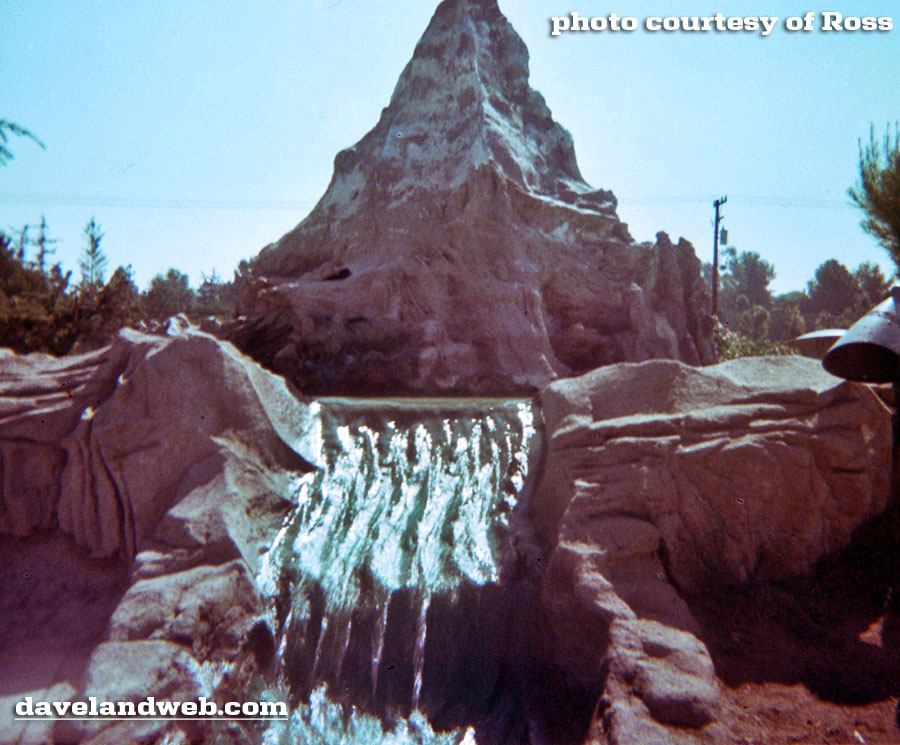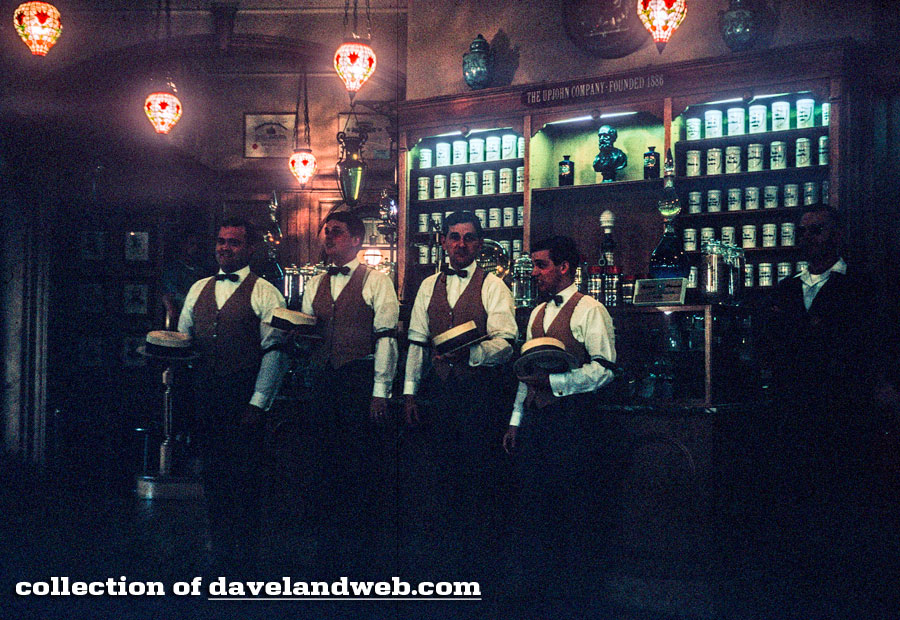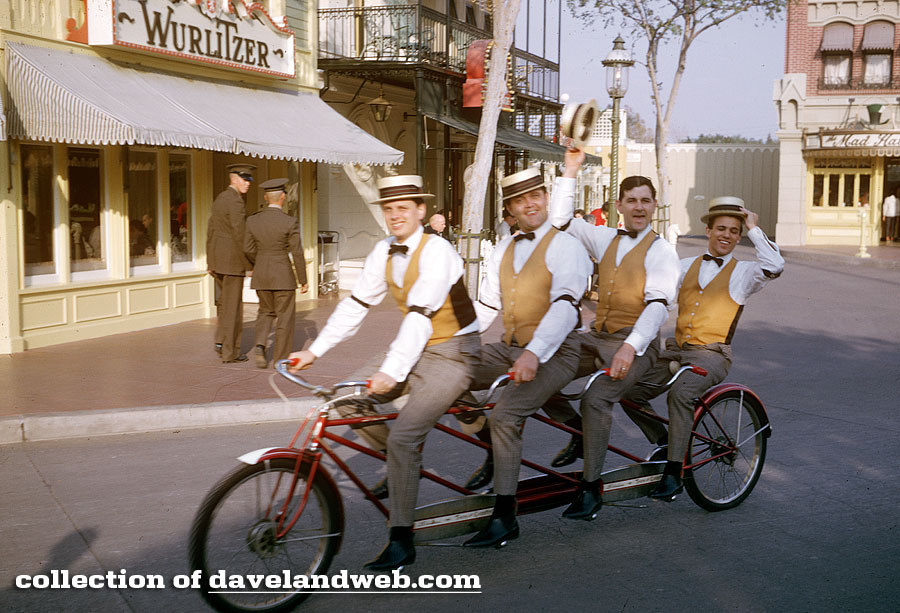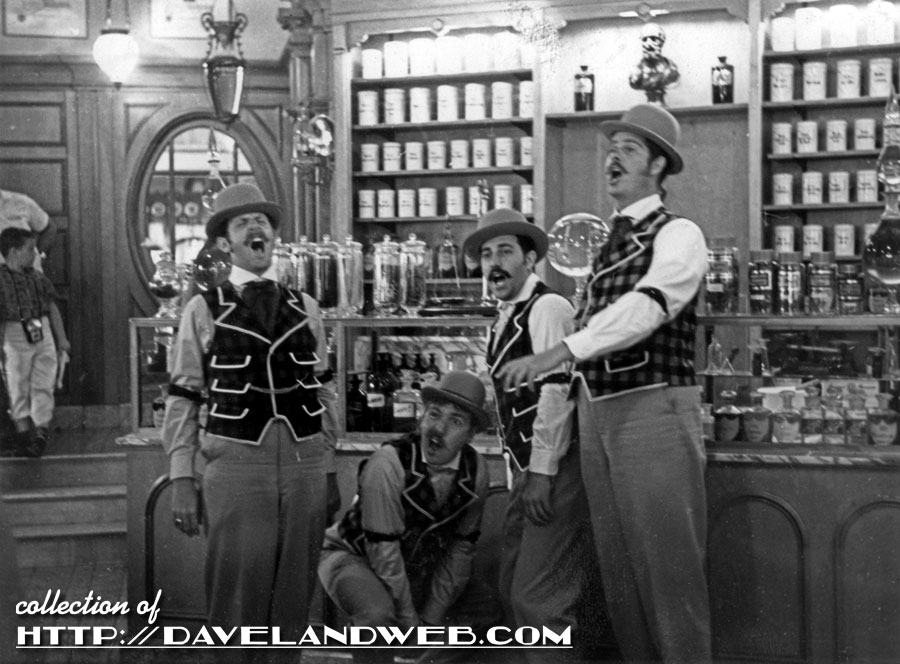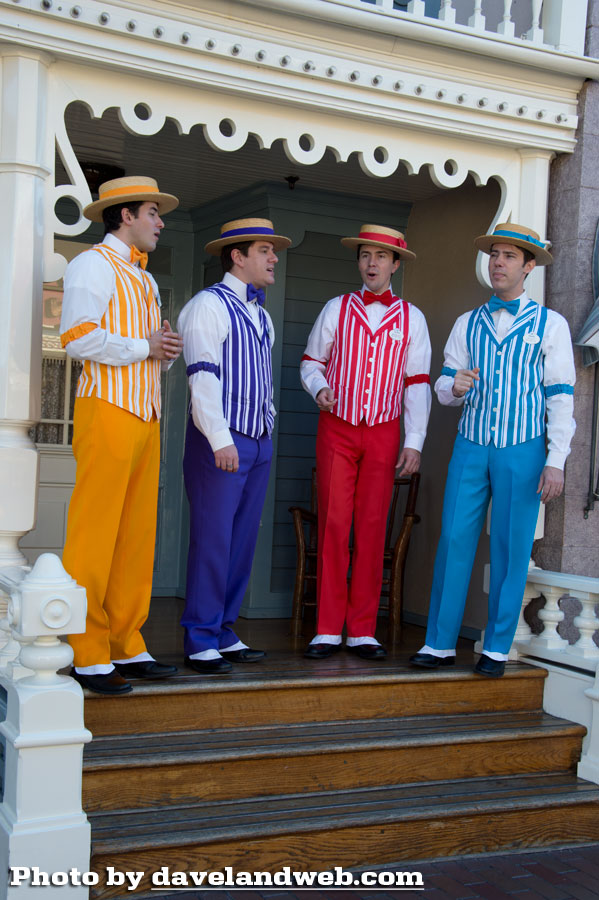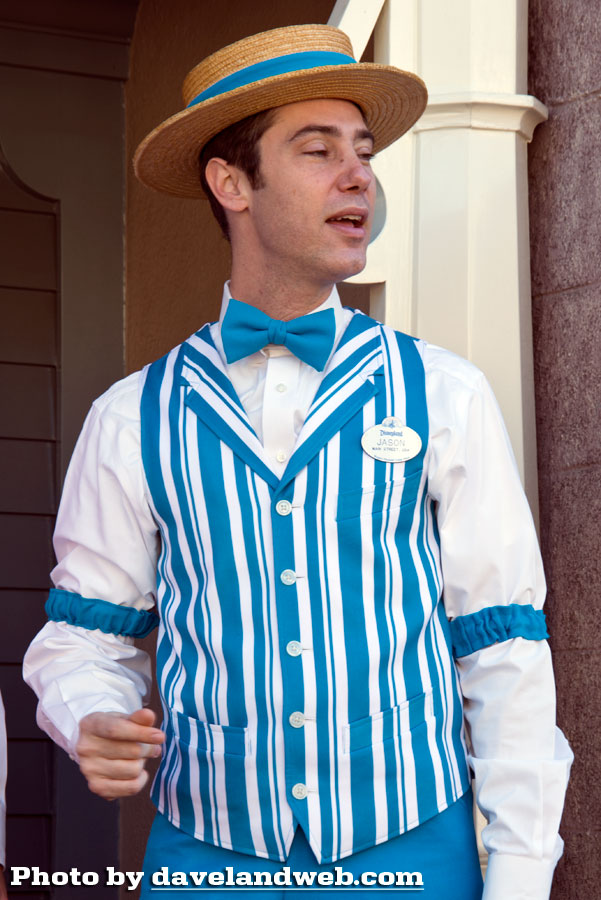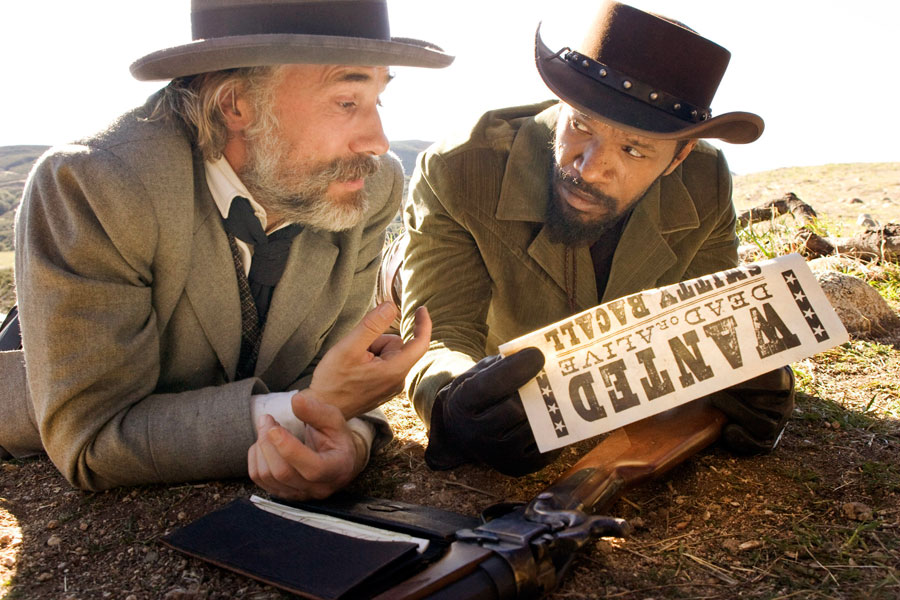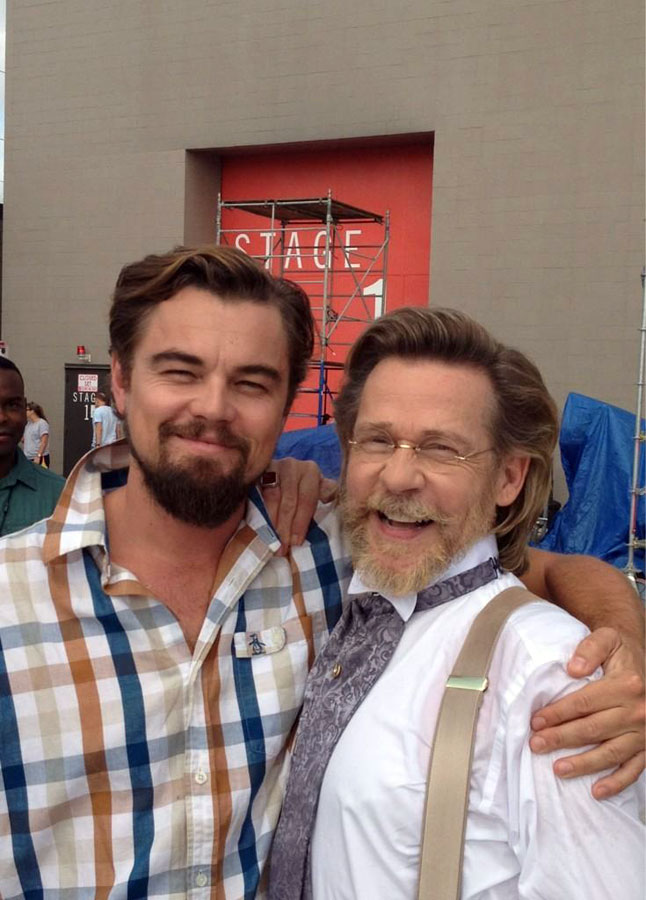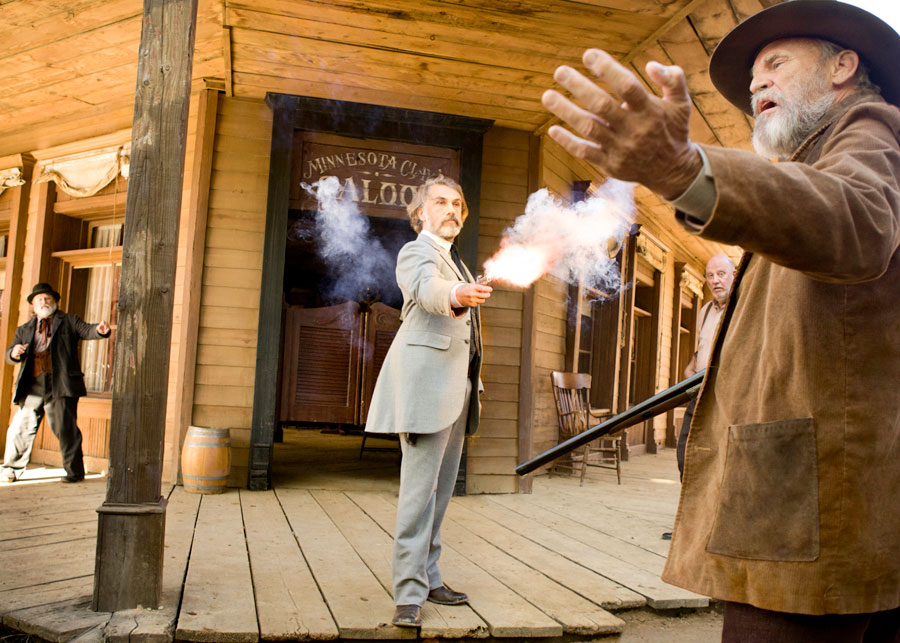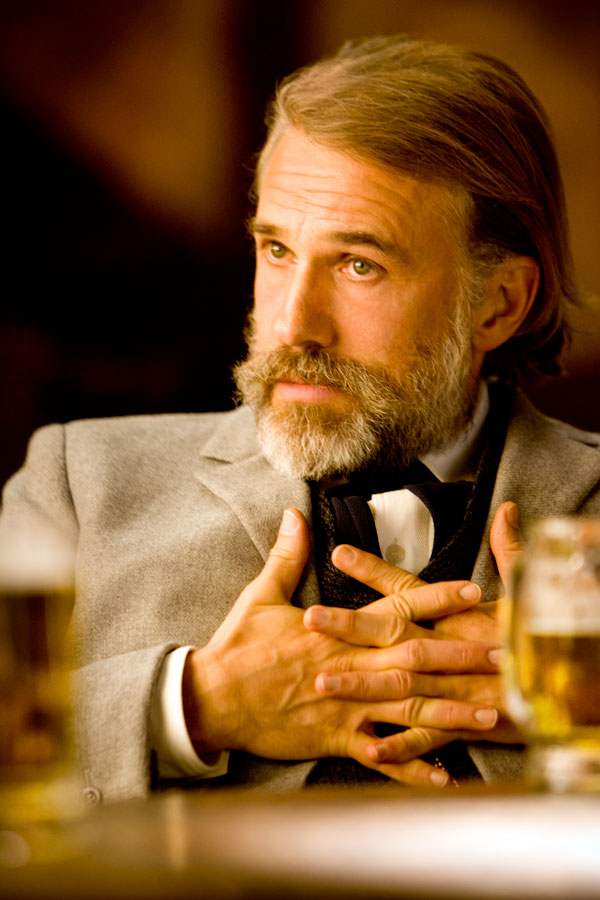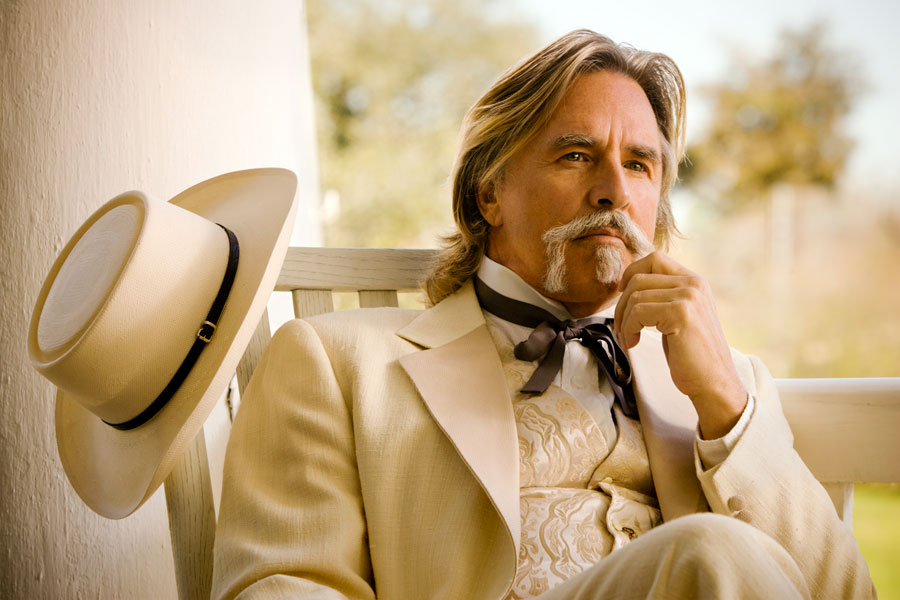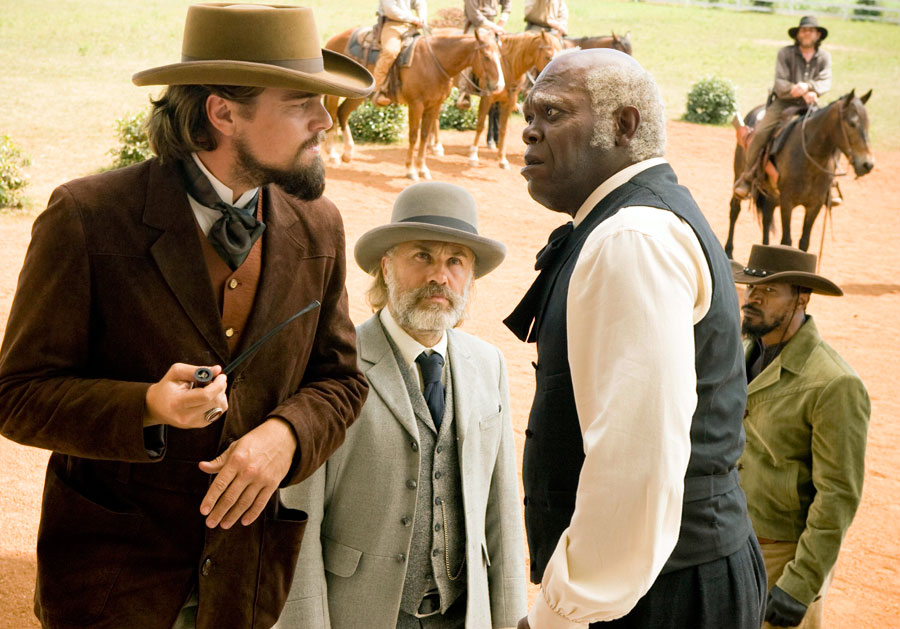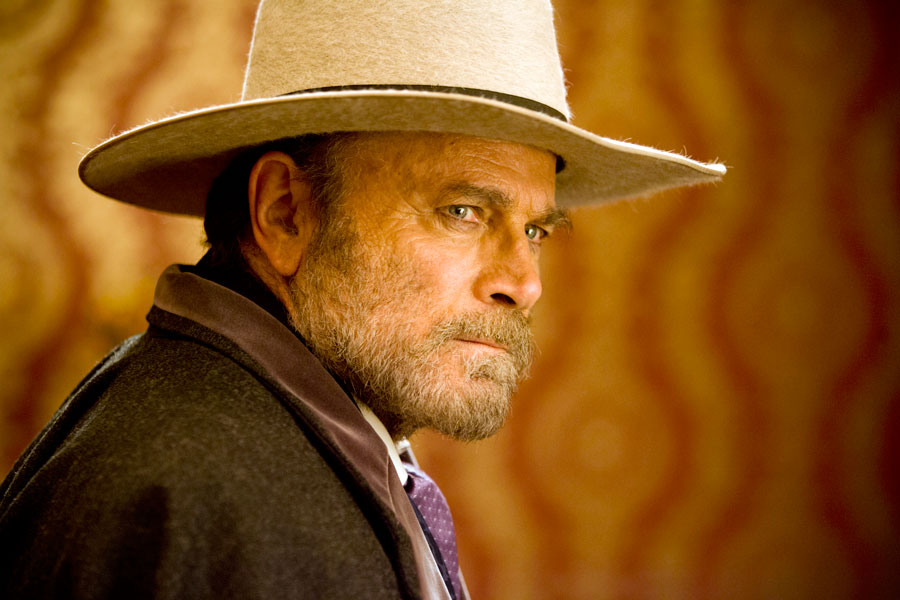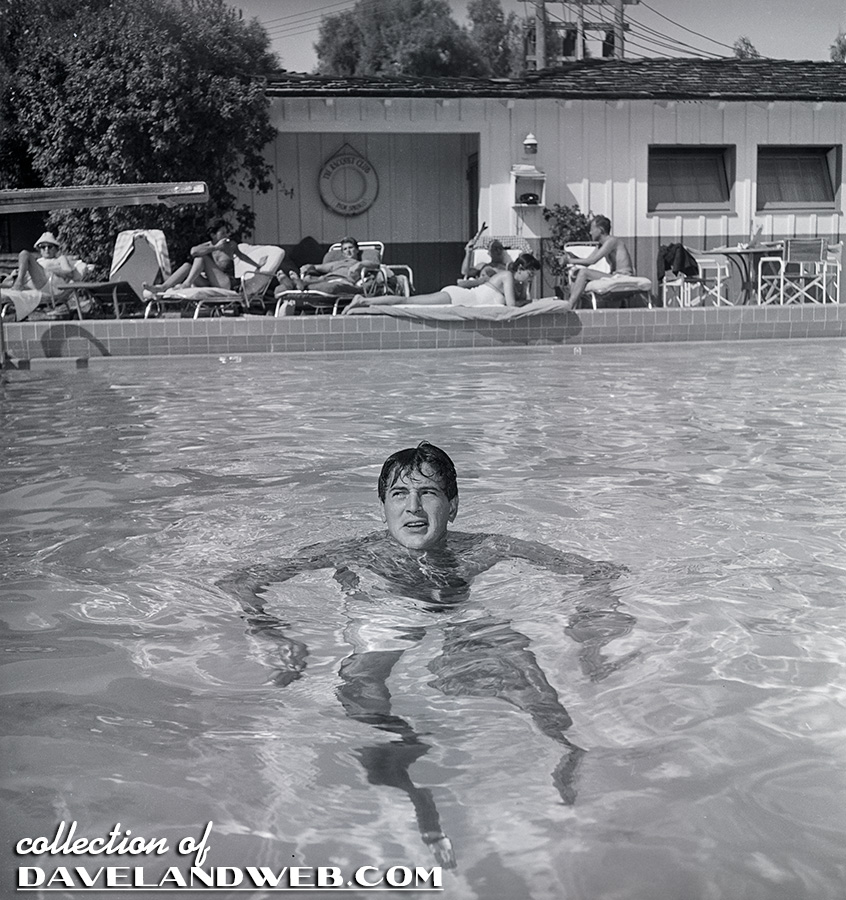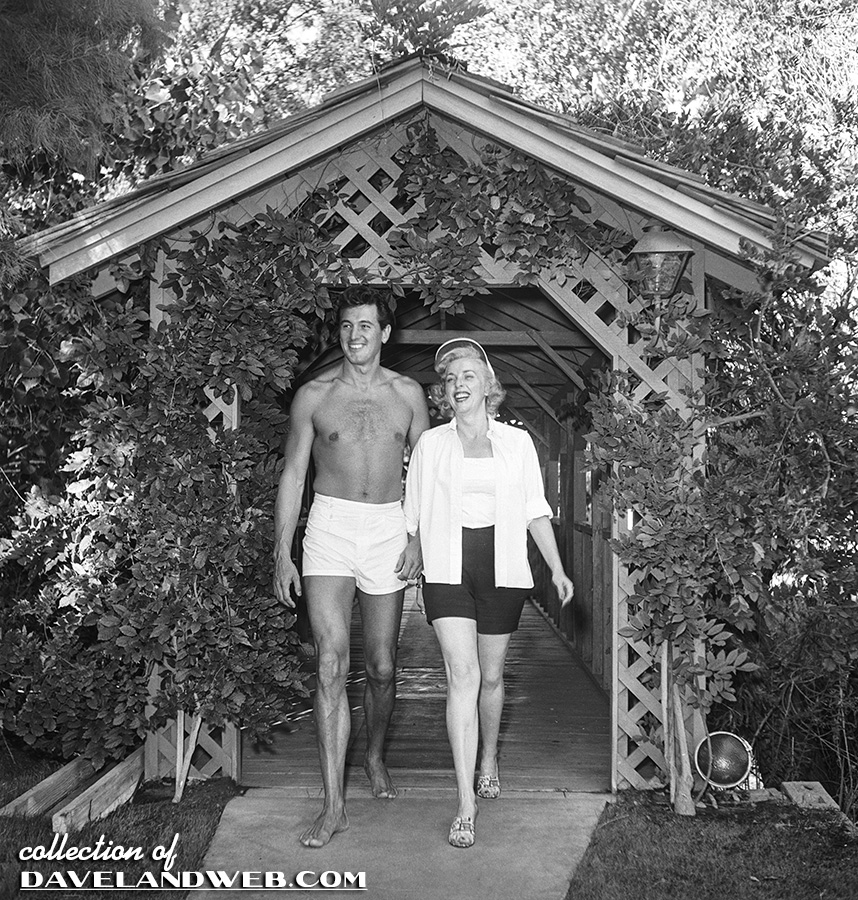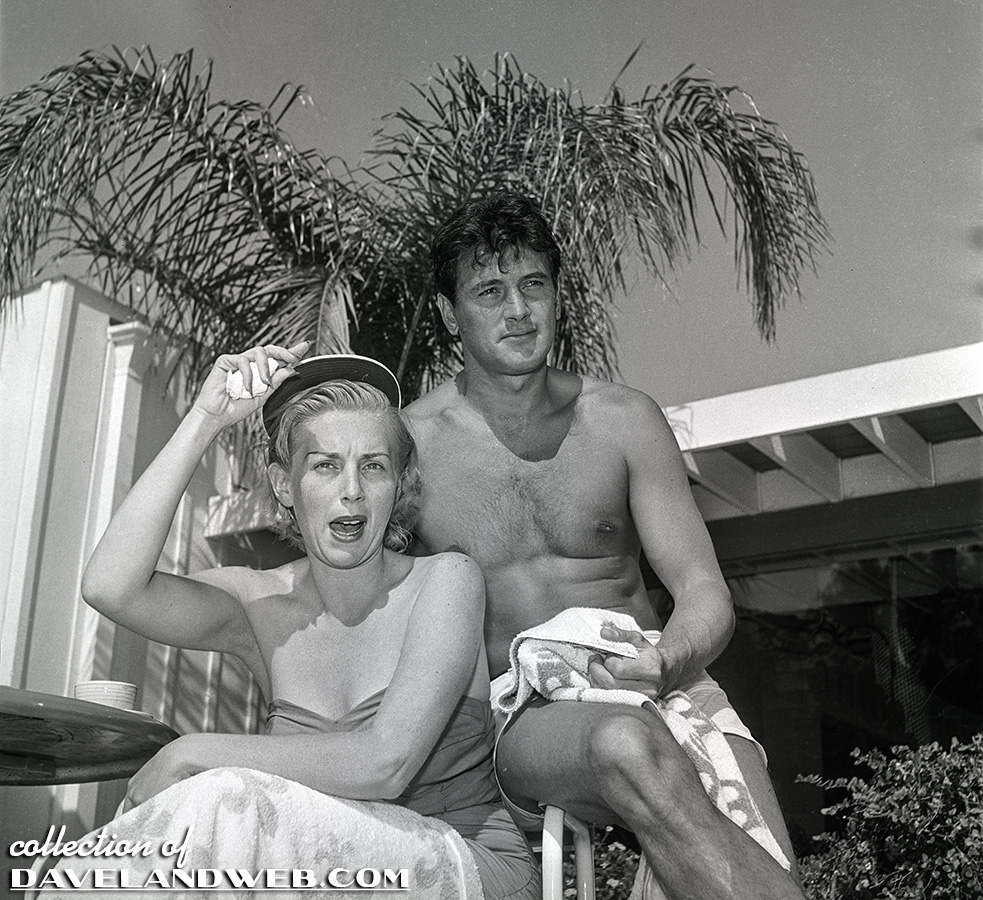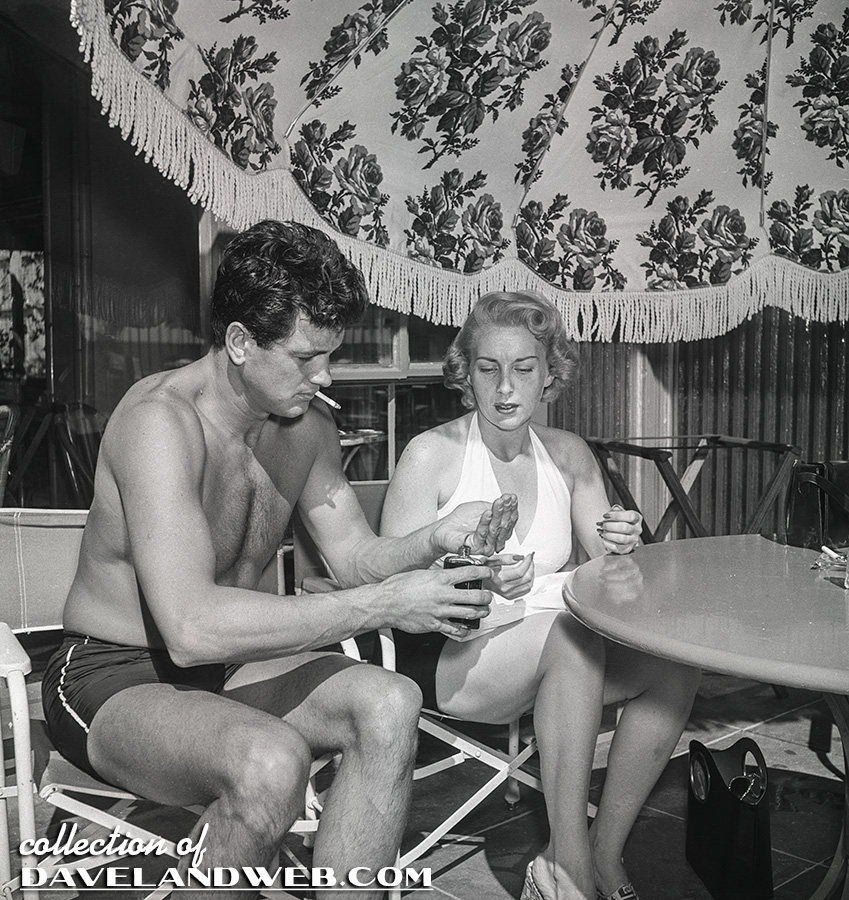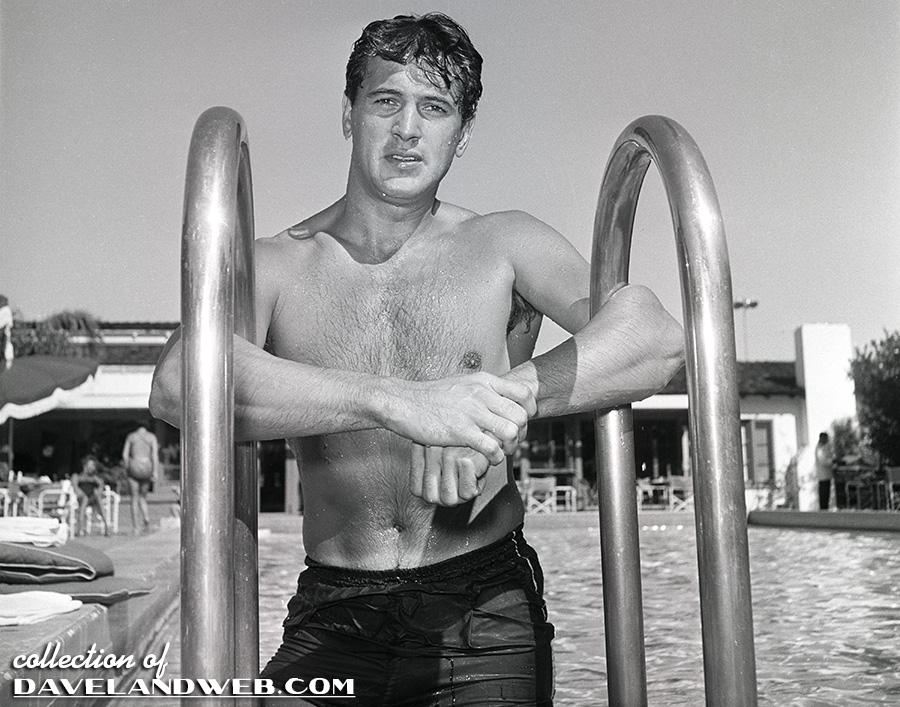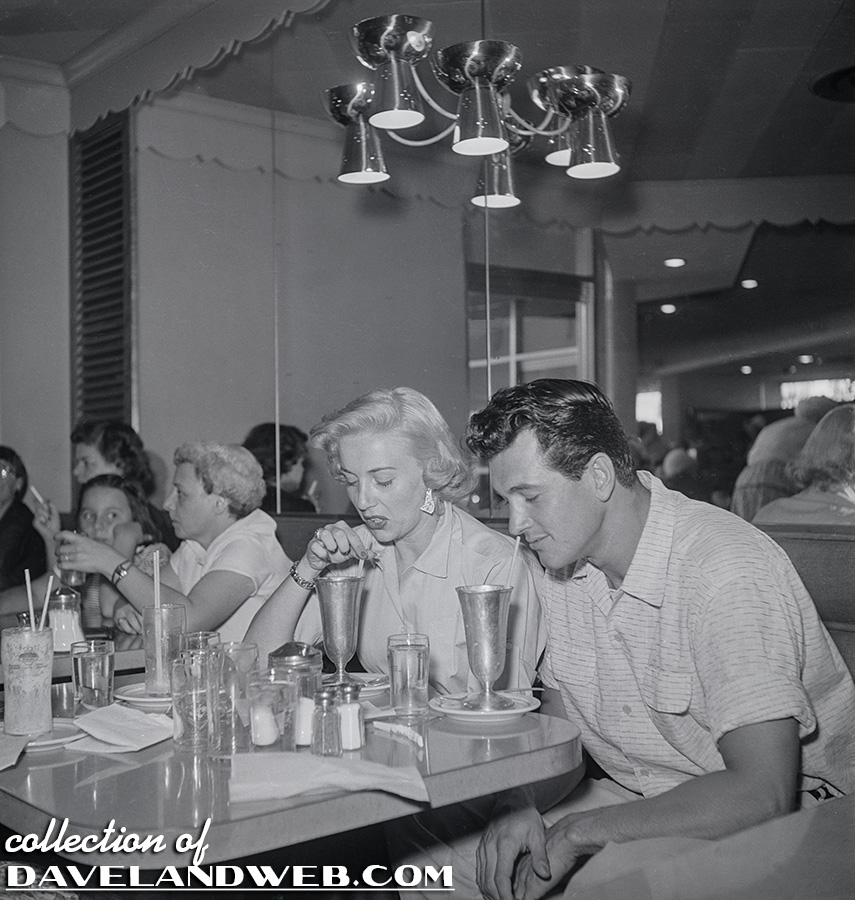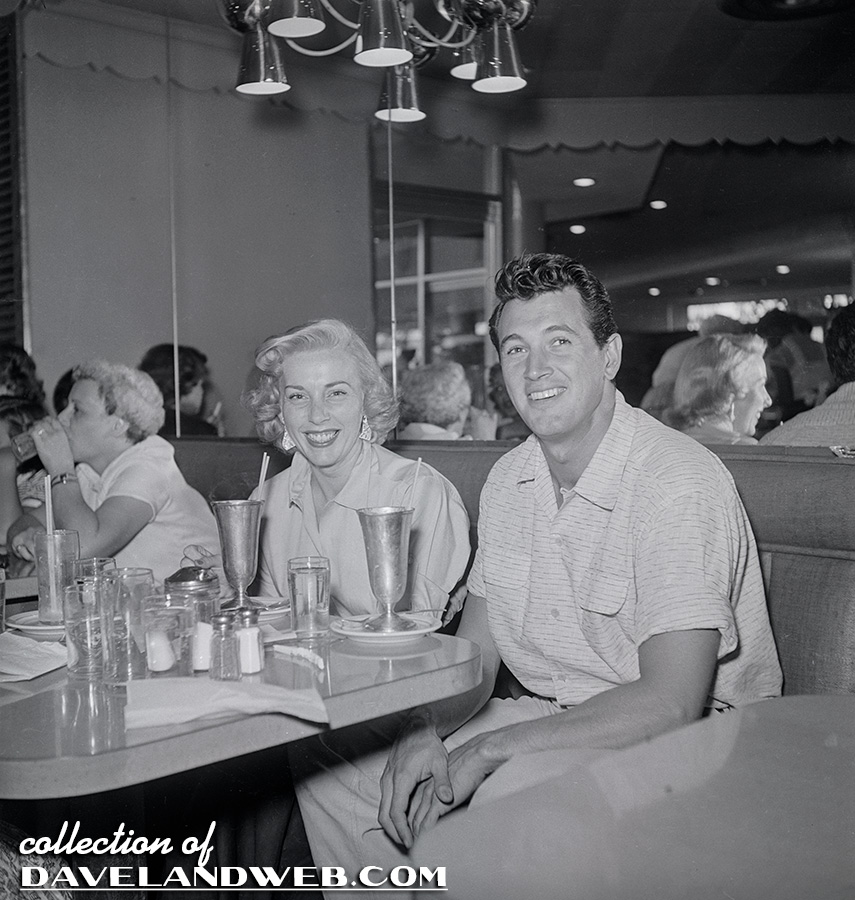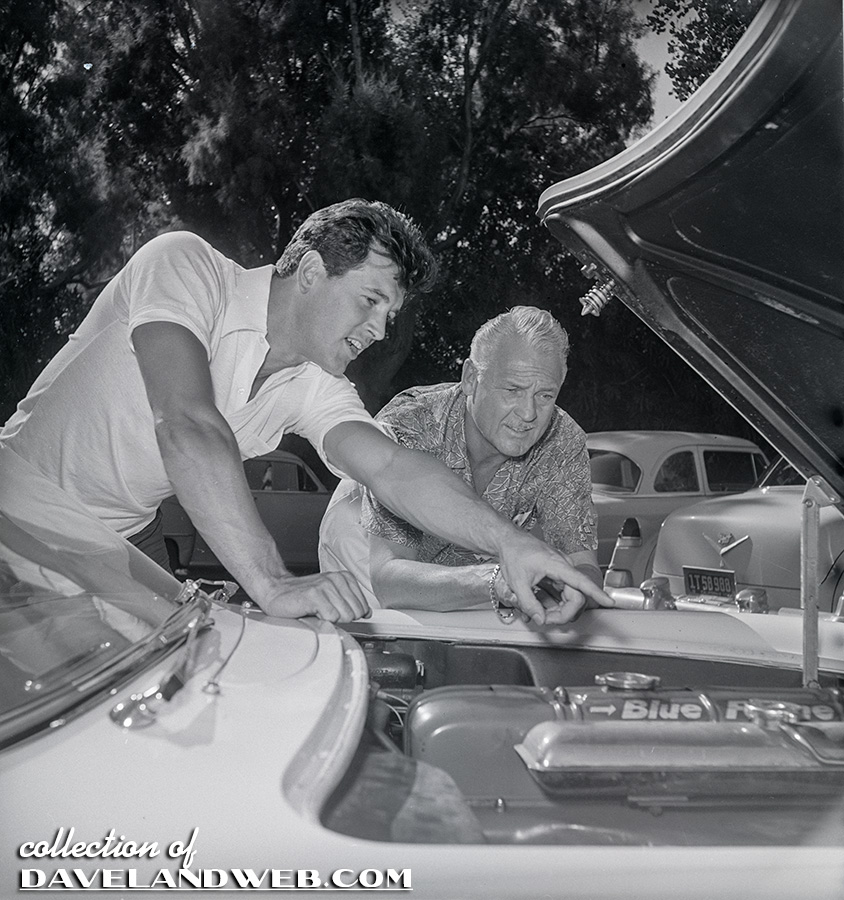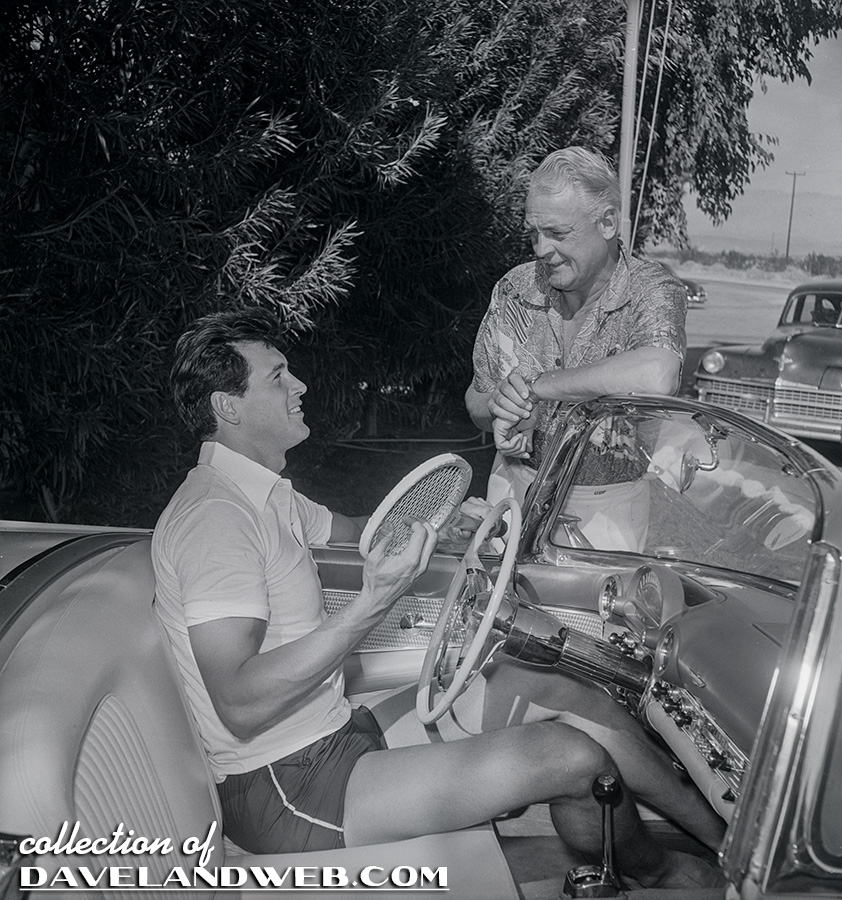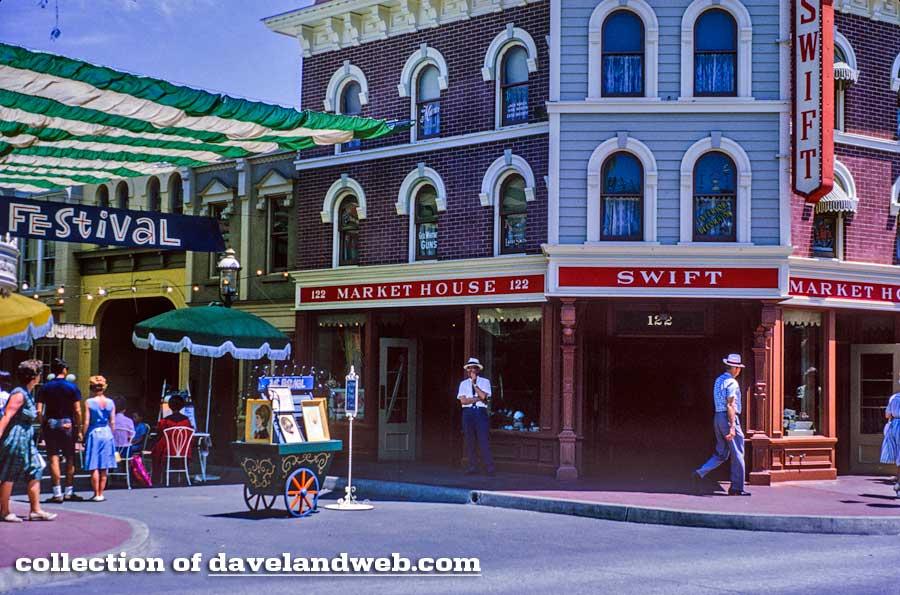
At some point this year, the Main Street Market House, originally sponsored by Swift's Premium Meats, will be converted into a Starbucks Coffee Location. Since the details of the conversion have been sparse, there has been quite a bit of feedback from both sides of the coin. On one side, the coffee currently served at Disneyland is pretty poor (and there doesn't seem to be too much of an argument on this point!) so bringing in Starbucks is a happy "plus" for many. Then there are those who are upset about The Market House losing its quaint charm and becoming too much of a commercial enterprise.
While everyone else is arguing these points, let's take a look at how The Market House used to look and operate. These first two vintage 1960's photos show the Market House "back in the day," when there used to be a Butcher Shop next door.
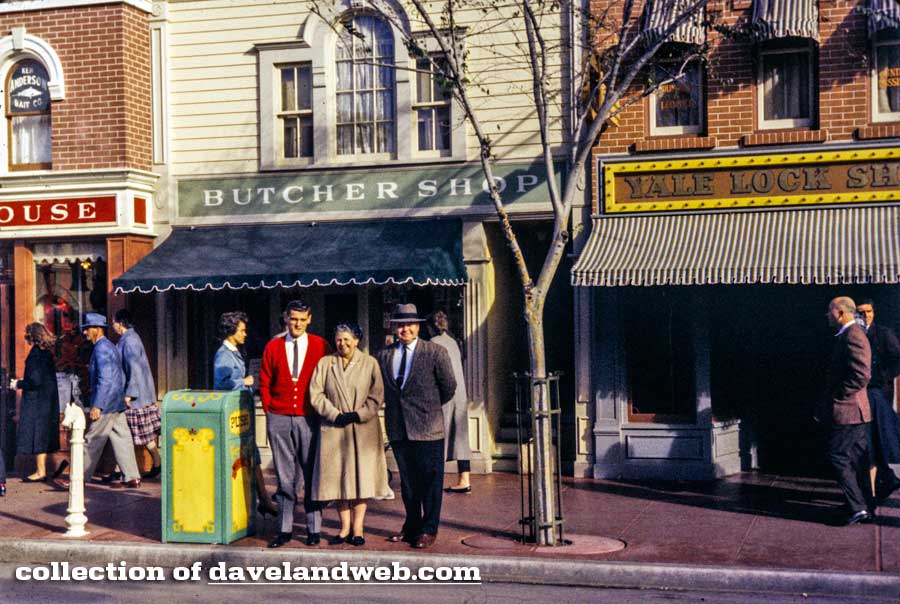
How about a little FauxD© to get your eyes moving today? This nighttime shot is from June 1966.
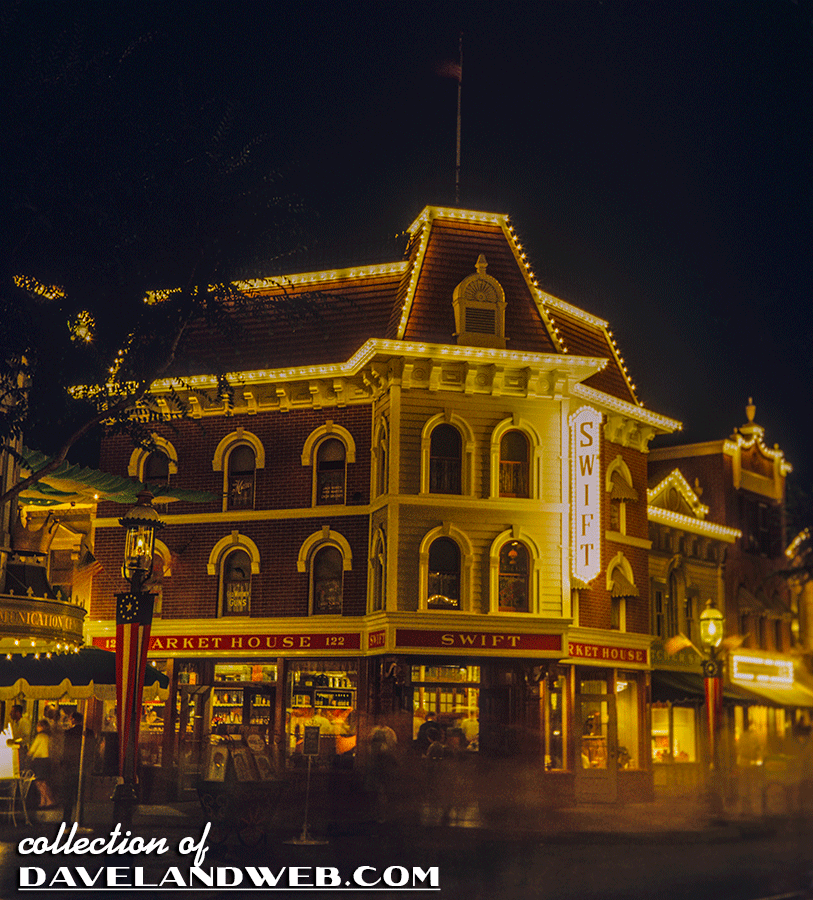
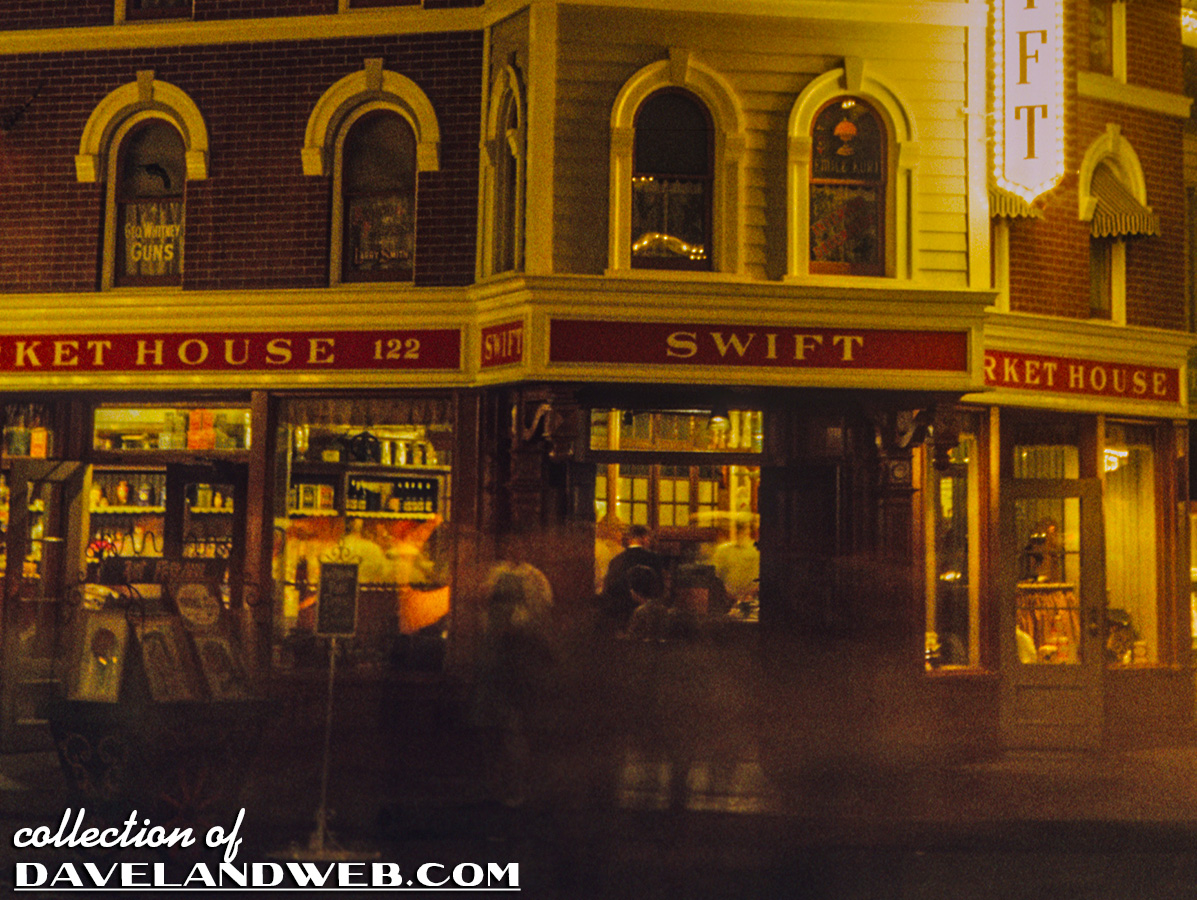
On a separate note, the old fashioned trash can on wheels is pretty cool looking; it would be a nice touch for it to return to Main Street.
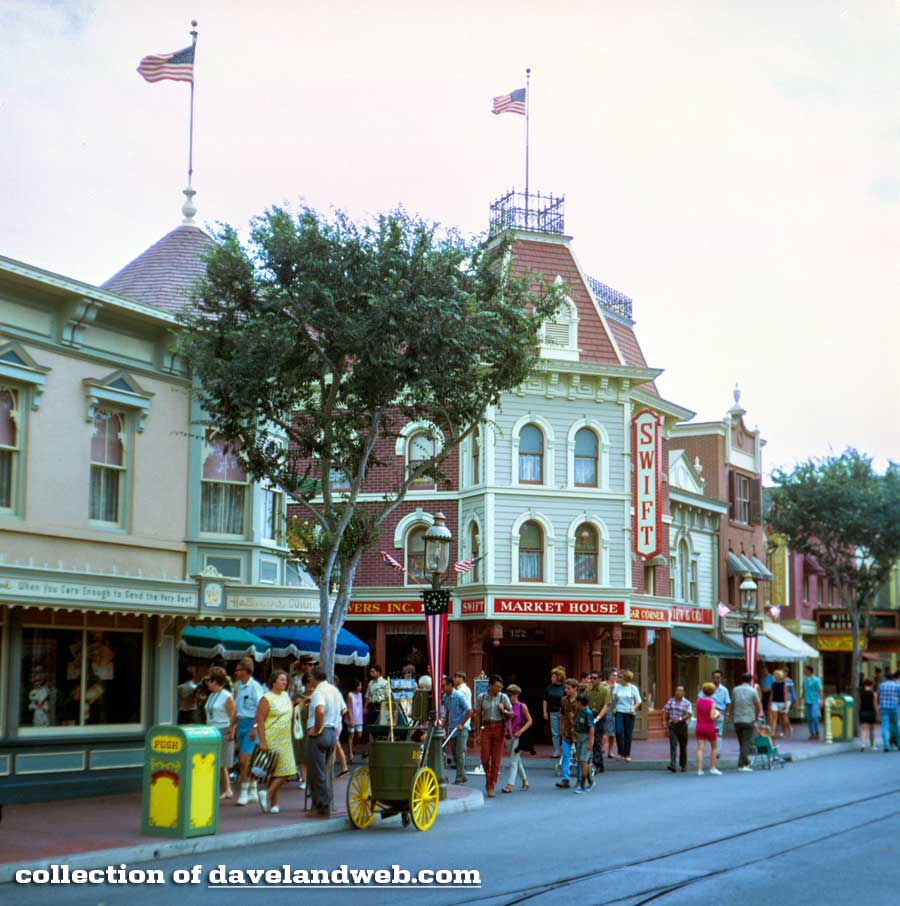
My collection actually has a few interior shots. This 1955 view shows a guest enjoying eavesdropping on the recorded party line conversation. Don't know what a party line is? "Back in the day," before the early luxury of being able to have your own phone, many customers actually shared what was called a "party line," meaning that if you picked up your phone, you might catch your neighbor having a very private conversation. In simpler terms, just imagine a low-tech (and not necessarily intentional) conference call!
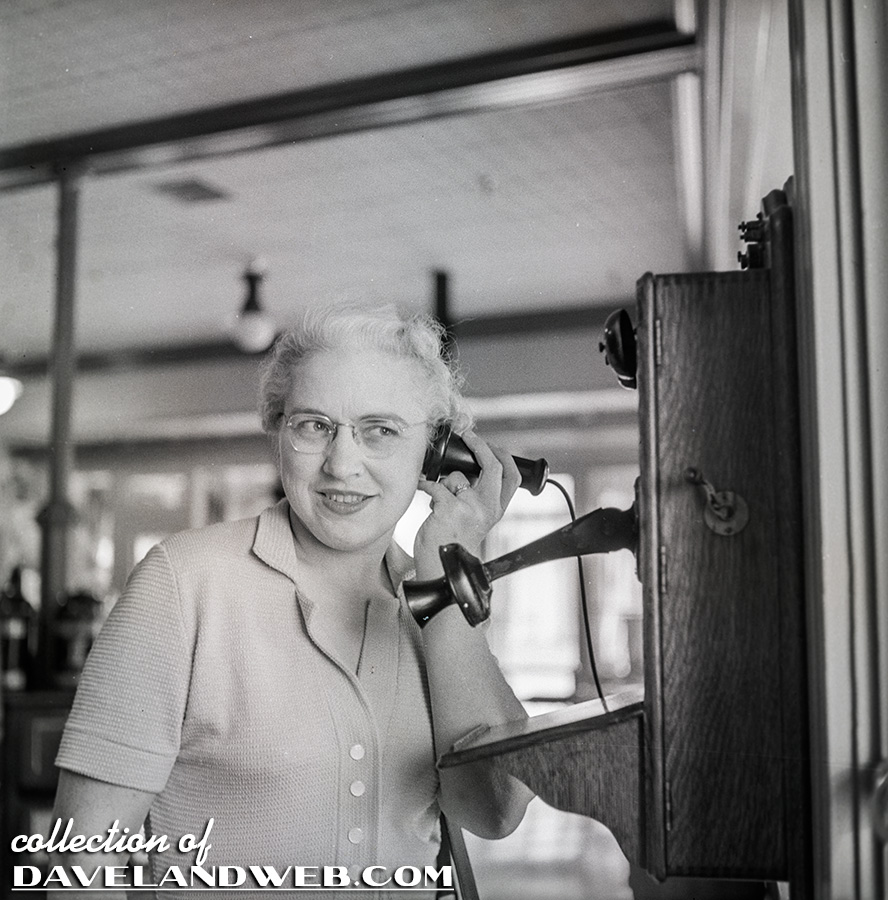
Minus the hand crank on the right, it appears that the same phone is still inside of the Market House today.
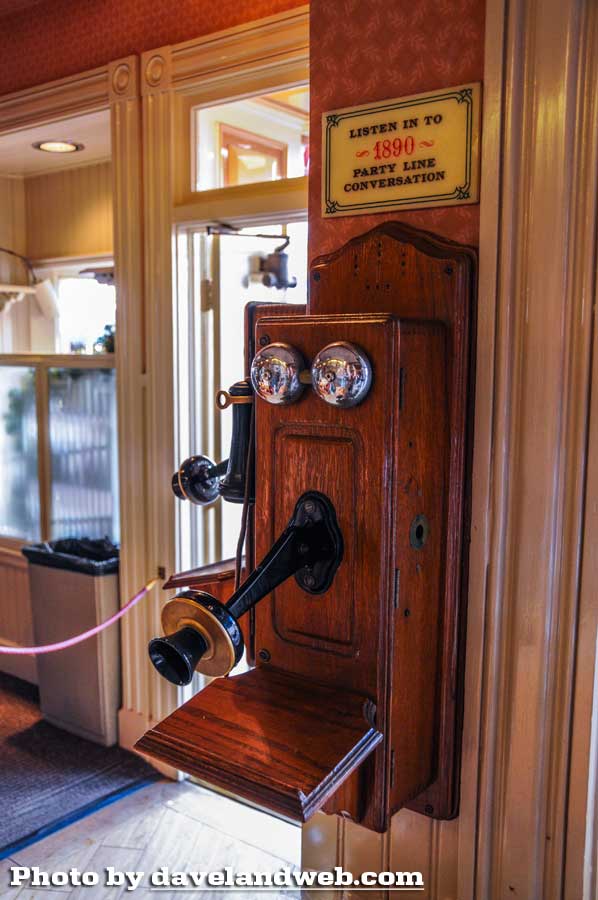
This blurry September 1966 photo shows the potbelly stove and chairs that comprised the social circle of the Market House. You might find a Keystone Kop or two sitting here back in the day, or possibly a few guests playing a game of checkers.
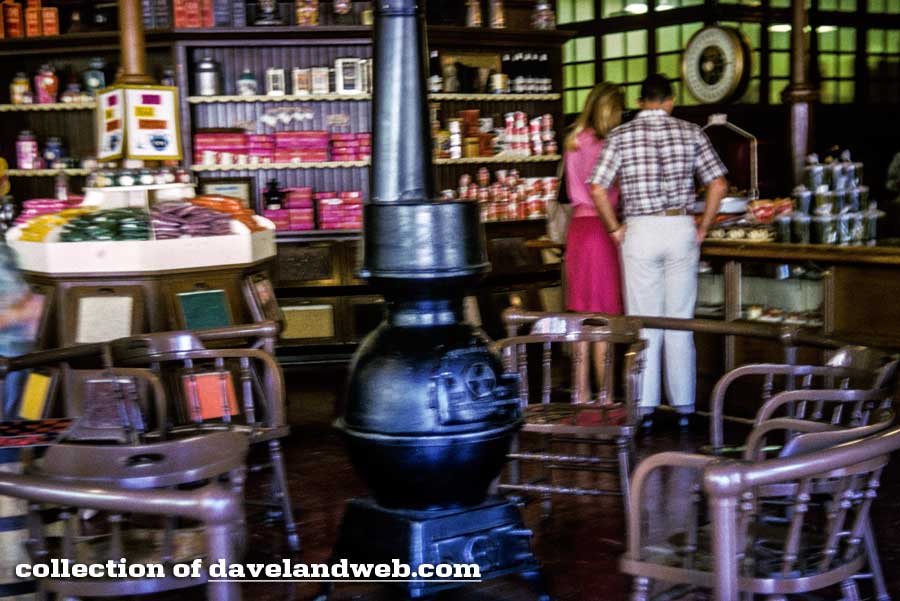
This 1970's photo shows that C&H Sugar was a predominant sponsor of the Market House.
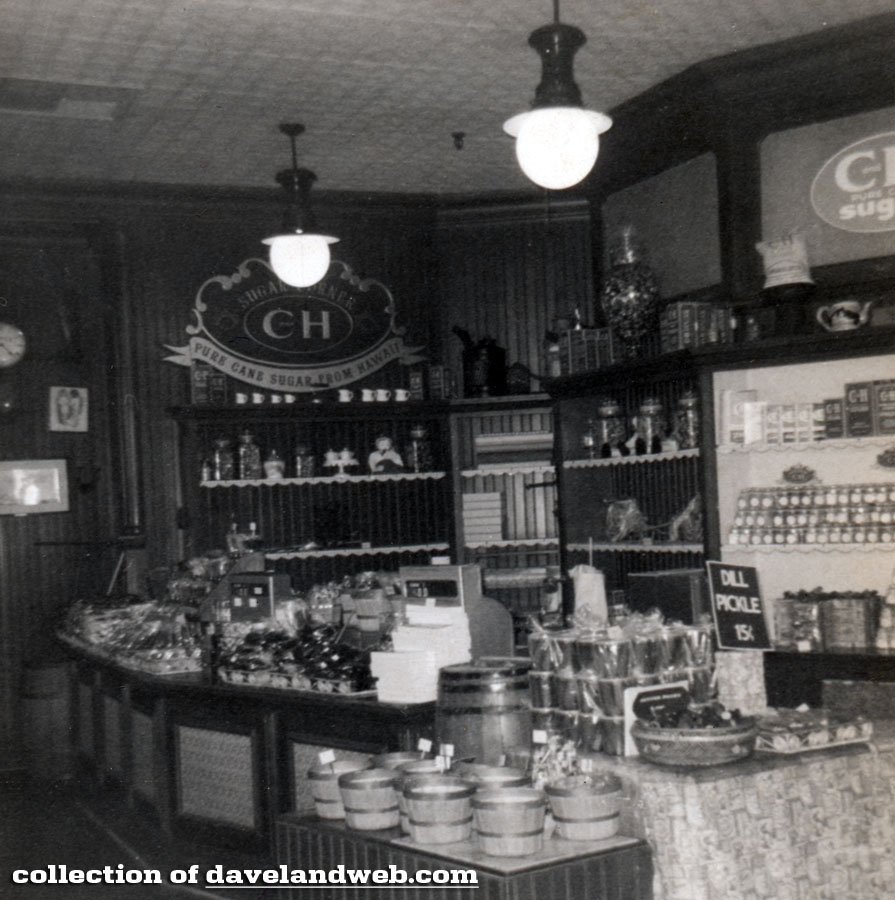
How has the interior held up over the years? I'd say pretty well. It still boasts a Victorian-styled interior with a lot of rich wood cabinets, a (faux?) tin ceiling, and vintage style light fixtures.
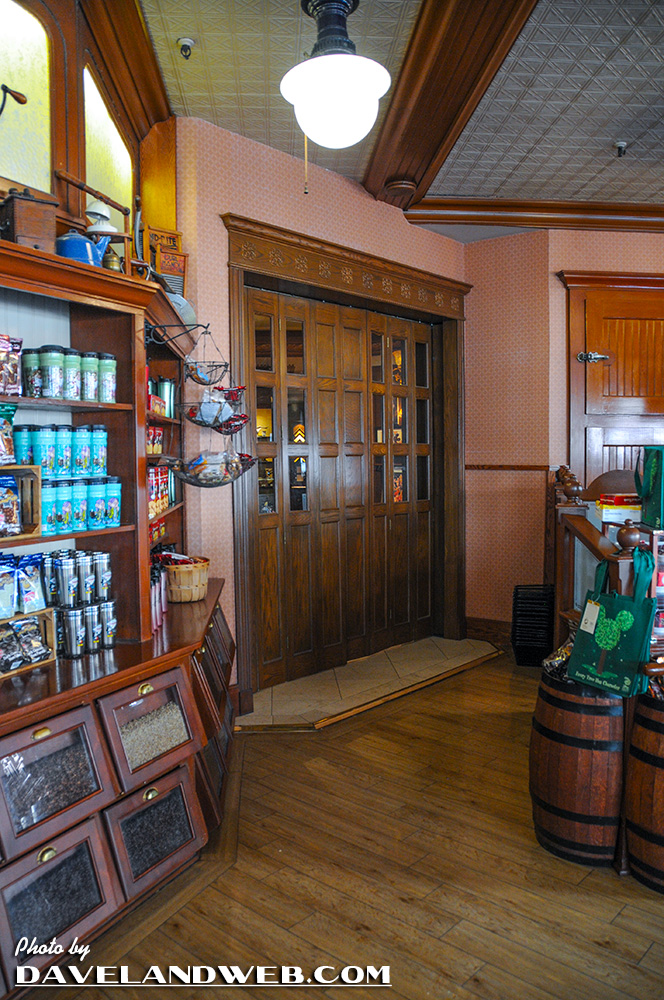
It appears that the stove was replaced at some point, as the current one looks even more ornate than the one visible in my 1966 photo.
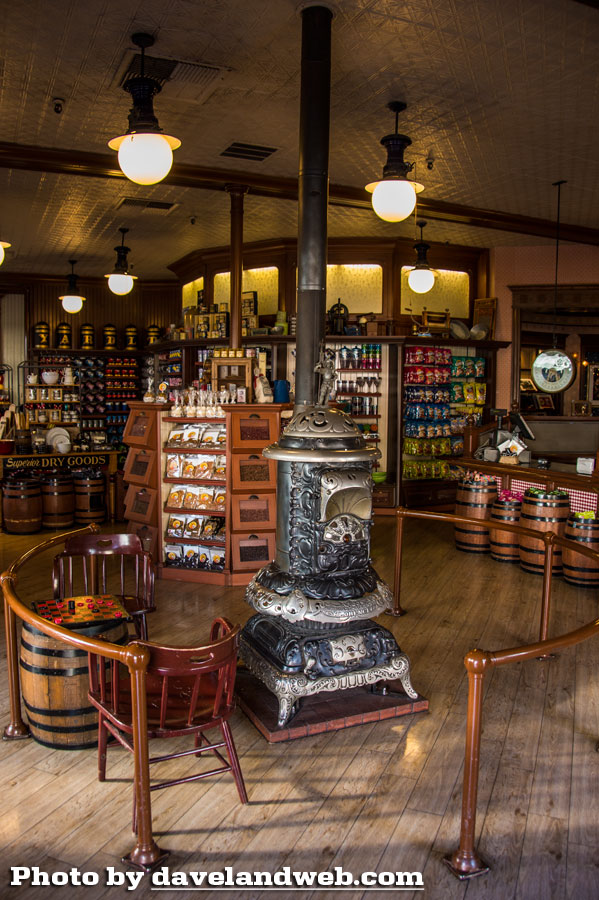
Here's the counter where guests can get their free coffee refills. The potential loss of this service is another point of contention. I guess that in this economy, even a free cup of watered-down Nescafe is better than nothing.
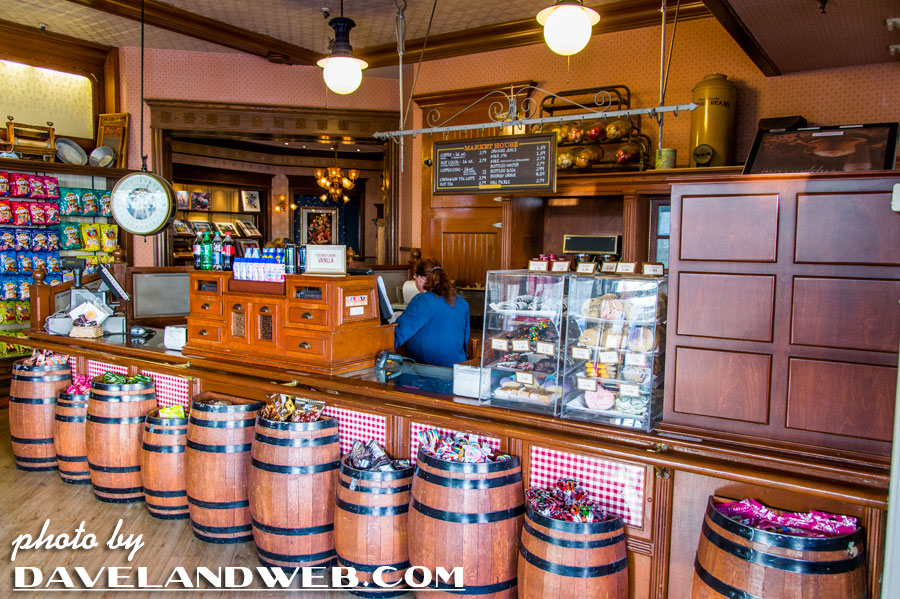
Nice vintage style ceiling fan, and I also love the vintage contraptions and set design pieces sprinkled throughout the store.
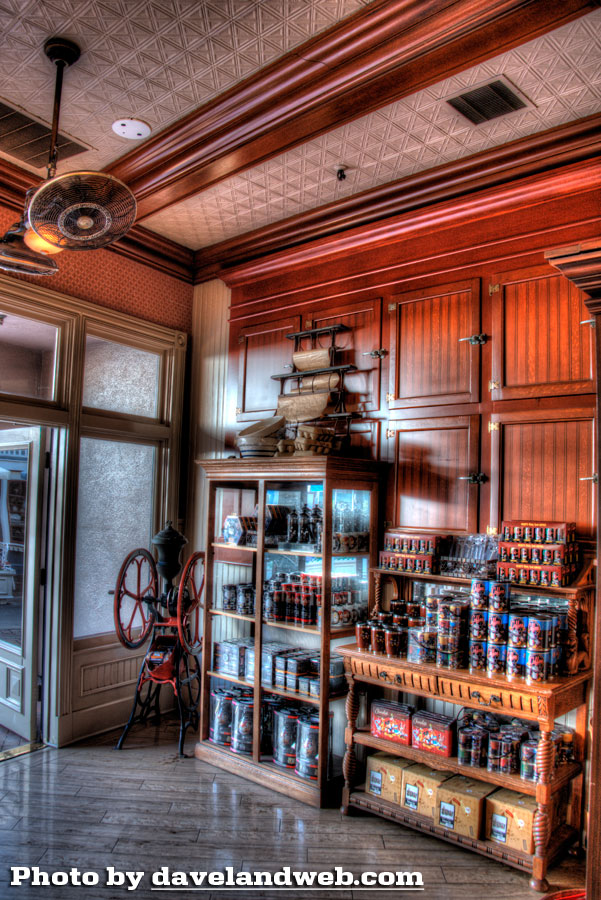
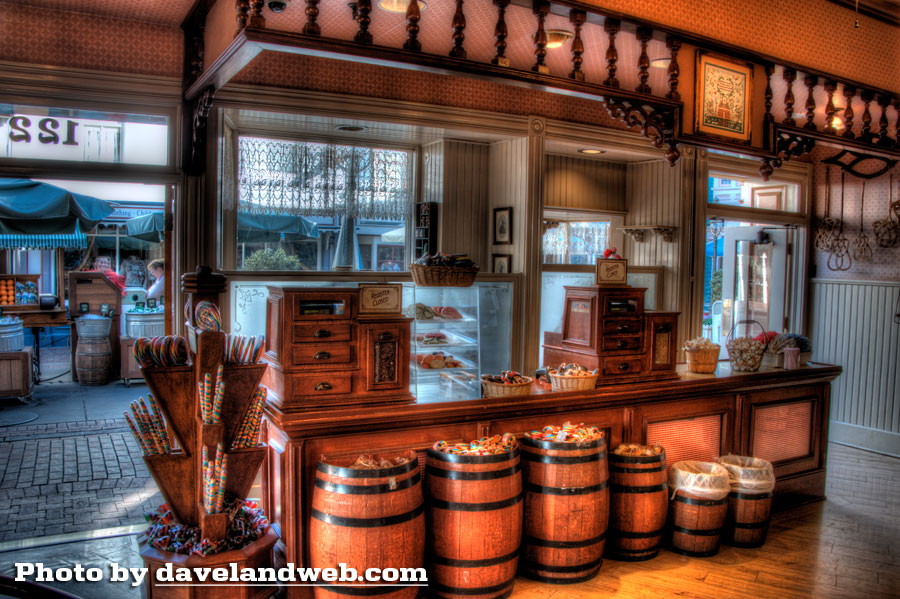
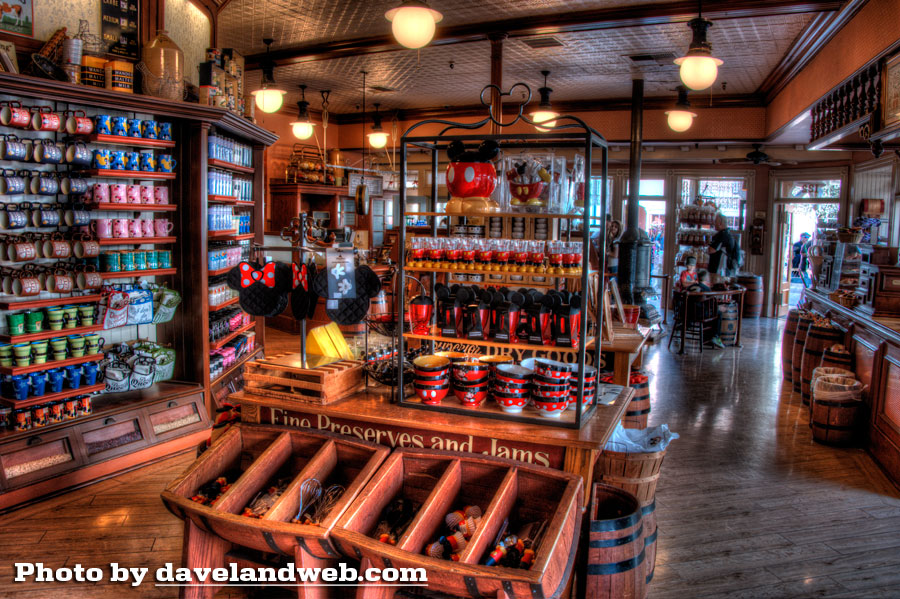
This cool looking guy has stood guard over the pot-bellied stove for years.
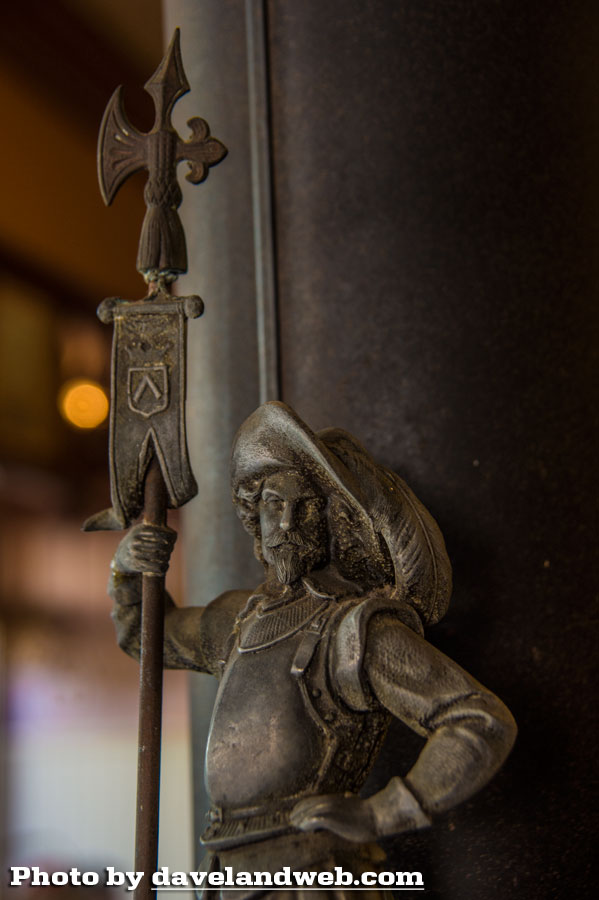
Anyone for a game of chess?
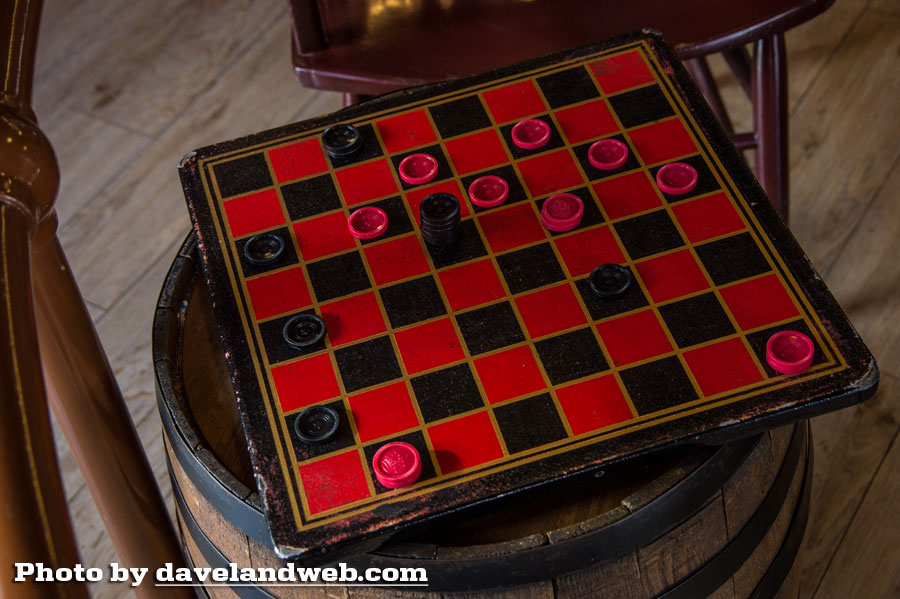
Here's the cool looking doohickie from the previous photo; it appears that it hails from Philadelphia.
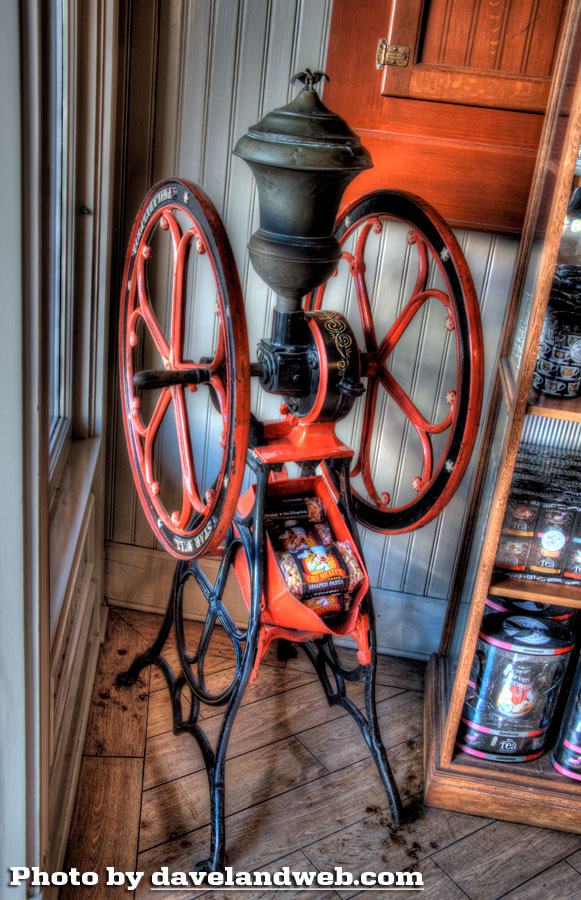
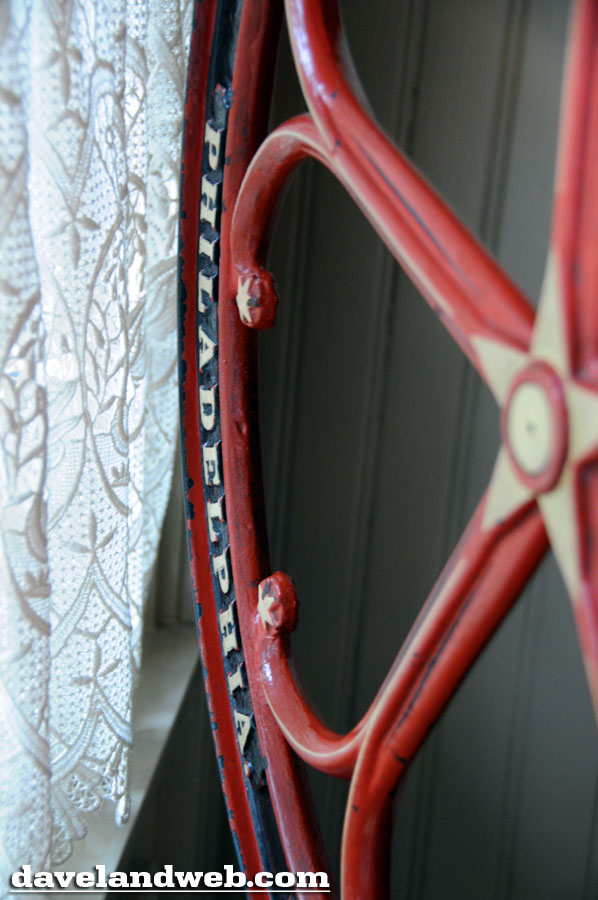
More of those party lines!
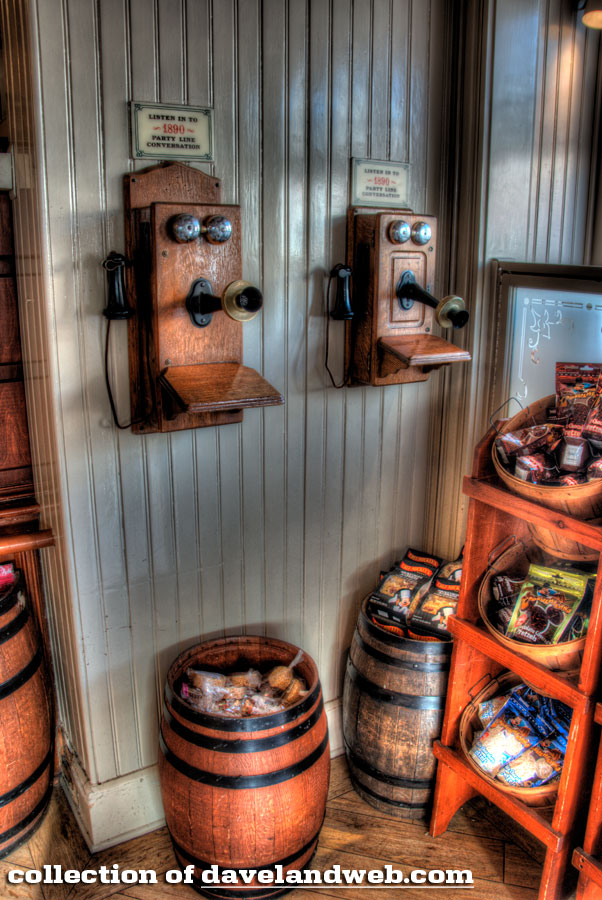
Since the Market House is probably not the type of store or "attraction" that would normally get a huge refurbishment budget, I am hoping that this conversion to a Starbucks will allow the Imagineers an opportunity to be creative. As Fiddler, Fifer and Practical Cafe over at DCA has shown, it is possible for The Market House to keep its vintage look while transitioning into a commercially branded coffee house. In fact, with this remodel opportunity, some of the items that don't seem to get much use now (the party lines, the chess set, the stove) could be plussed. Baristas could be trained to point out the party line, which could have messages that change every so often. Cast members in Keystone Kop uniforms could challenge guests to a game of checkers. Perhaps the pot bellied could be animated; open up the door and some kind of animation could be playing inside of it.
What are your thoughts on this?
See more vintage & current Disneyland Main Street, U.S.A. Market House photos on my Market House photo web page.

